The intention here is not to discourage you, but to invite you into pursuing photography with your own voice. And also to help you not to feel guilty if you ever find that one of your beloved images was created almost the same way fifty or more years ago.
Not everyone can become a great artist;
but a great artist *can* come from *anywhere*.
Anton Ego (Character) – Ratatouille – 2007
Style = Σ (All your Influences)
One of the most intriguing thoughts inside the photographers' mind is the desire to achieve a definable (or at least identifiable) style. We all consume diverse content that is not just photography-related. Everything we visually consume (from literature to movies) eventually adds to our inner store of visual experiences. Therefore, you should not feel guilty about being influenced by photographer x or y.
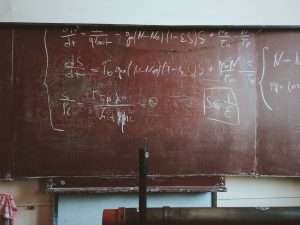
I can imagine a “style maturity” curve in which one starts to consume visual content with a different mindset after realizing a certain level of interest in photography. This curve will start to grow whenever a person interested in photography begins to understand the behavior of light.
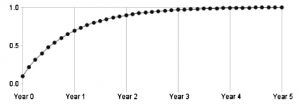
The Visual Repertoire
Our own visual repertoire, acquired over years, is essential for building our aesthetic criteria for how we see the world. This repertoire will be finely shaped and enhanced as we consume more and more visual media – especially media that are destined to demand more attention, such as what we find inside a gallery, a book, or even inside a movie theater. This is because our attention is more focused when things invite us to contemplative reading, without distractions.
Research
Since the vast majority of topics have been addressed at one time or another in human history and in various ways, research on how these have been addressed is crucial to the ability to address a topic in a different way. Nowadays we have many sources of information, from the Internet to the treasures we can find in specialized libraries. A mature reading habit, and all the available information out there are both valuable assets when photographing a subject, since photography has become more democratized with time thanks to the flexibility and the immediacy that modern technology offers.
Inspiration
It doesn't really matter what photographic niche you like the most, because there will always be an element that all photographers will share with one another: inspiration. This is perhaps the most important factor or element within any project we embrace (professional or personal, artistic or merely commercial). In general terms, inspiration is provided to us by life and circumstances in doses, and we may be able to enjoy in a greater or lesser extent of it if we're sensitive enough to listen to it. Our duty is to learn to embrace each small dose and to work tenaciously with it. Discipline will always be more valuable than what muses want or can give to us.
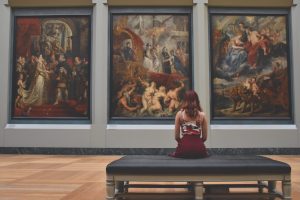
I usually find inspiration inside photo books or videos, but virtual platforms have also given me a lot of valuable inspiration. Photography can be inspired by many disciplines that are not only artistic, but also social. Street photography is my deepest passion, and the genre has been around since the first cameras were invented, despite their limitations. Street photography has given rise to some of the most poignant images in human history. I'm sure that, just as I feel a huge inspiration to see photographs in the line with what I would like to be able to capture someday, many other photographers feel that same inspiration (or even more) with images that speak to their deepest creative desires.
Everything has been done
Many times I have encountered situations where I discovered certain photographic works that may have been influenced by others – and not only with photography, but also with music and other disciplines that I enjoy consuming (like movies or literature). But it's really weird when I come across a situation where I can say for certain there has been no prior knowledge of the “original” work. In 2010, when I began to experiment with social photography, I had the opportunity to make an image that I could not imagine myself doing these days in terms of composition, because nowadays I find it more pleasant to show context instead of a single details. But it was 2010, and everything was new and beautiful to me.
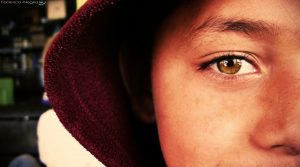
I made this image in 2010, and in 2014 it was selected for the cover of a UNICEF report called “Situation Report on Children and Adolescents in El Salvador – 2014“. For this to be published, I requested only credits inside the report and a printed copy of it, because it discussed a subject I find really important. Recently, while reading a book from MoMA called “Object: Photo. Modern Photographs: The Thomas Walther Collection 1909-1949“, I came upon this image from Max Burchartz of the Weimar school. I was surprised to see how everything has already been done. I understand that my image may not be innovative at all – I just want to say that, although I had never seen the Weimar image, I captured a very similar one.
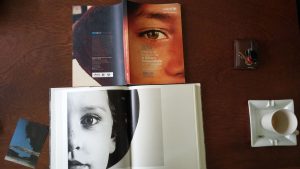
Another clear example is the film “The Man with the Movie Camera” by Дзига Вертов. While watching it, I could see evidence of many experimental expressions that are very well known today, such as Godfrey Reggio's qatsi trilogy (to cite an example of a “contemporary” visual product).



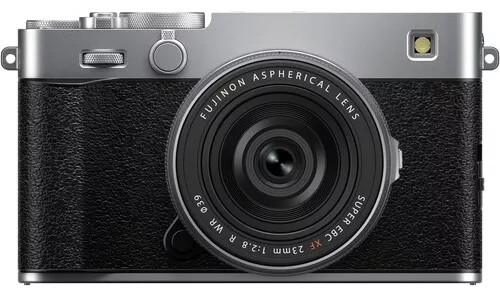


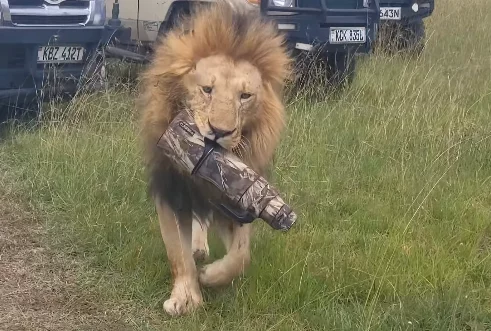
1 Comment
It is entirely possible for two – or more, I guess – people to have the same idea, without any suggestion or (even) possibility of copying each other, or plagiarism. Does it matter? We learn to speak, by imitating those around us – some of us become gifted authors as a result – others, orators or whatever – some become famous.
What IS important, for each one of us, is that we should each strive to “become a better ‘me’ ” – to improve ourselves, and what we do or what we create. Some of us will be recognised for it – some remembered long after we are gone – and others will be forgotten. It doesn’t matter – not everyone can “win the race”, but we can all enjoy joining in.